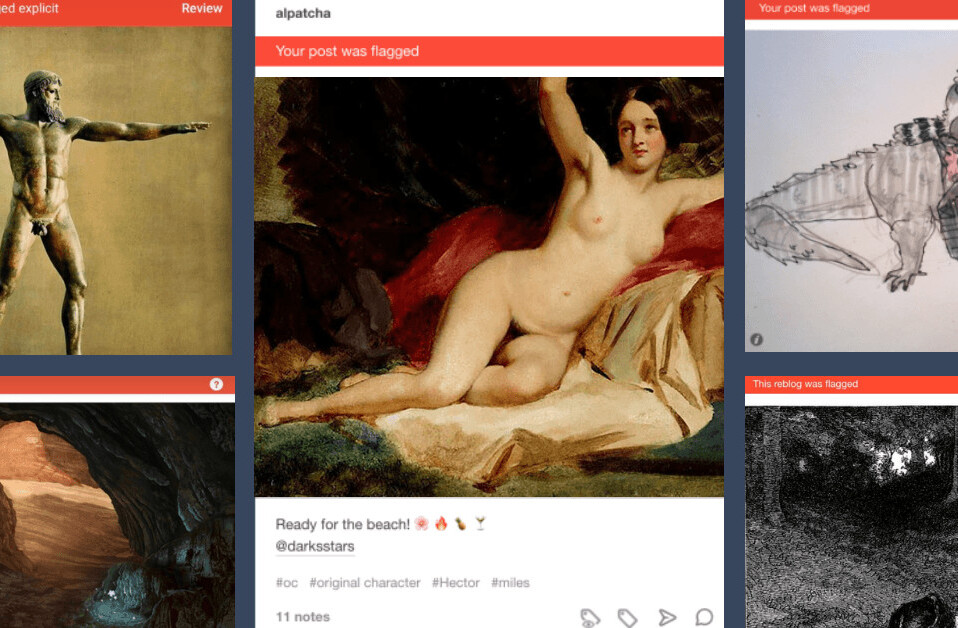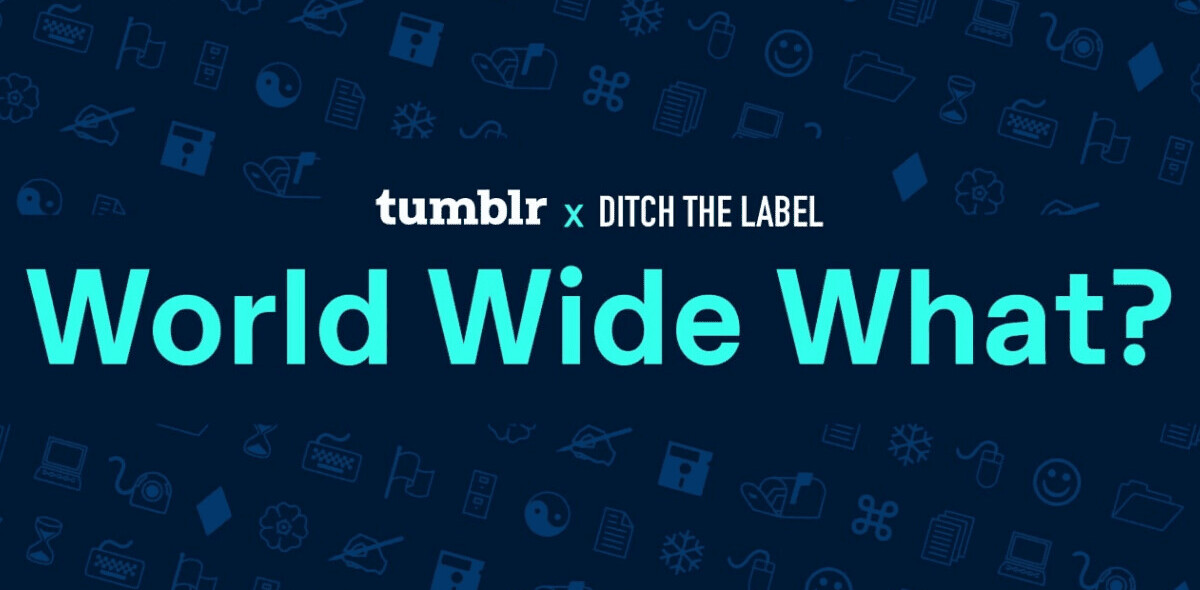
Back in January, when we spoke to Tumblr founder David Karp, he emphasized the fact that improving content discovery on the blogging platform is a top priority for the team. In an interview today with AdAge, Karp gave a little bit more insight into how Tumblr is going to go about doing that.
Tumblr has been knocking out milestone after milestone, the latest of which puts it at 20 billion posts, with over 50 million hosted blogs. Its most recently added feature integrates the blogging platform into Facebook’s Timeline.
A question that has long been on people’s minds is – what is Tumblr doing about monetization? Starting with a feature that facilitates the selling and buying of themes, Tumblr has since gone on to allow users to purchase ‘highlighted posts’, for one dollar a post.
In the past, Tumblr also made it possible for users to promote themselves in its directories. The Tumblr directory now redirects to its Spotlight page, and the feature, which allowed users to pay a premium and have their blog featured in a highlight area on the page in nowhere to be seen. The fee actually varied depending on the popularity of the category.
Karp told AdAge, “That was one of the most successful revenue-generating features, not only in driving traffic to our blogs but in acting as a filter on our network, and it’s something we want to get back to very soon.”
When promotion in Tumblr’s directories will actually be making a reappearance remains unknown, with Karp saying only that it would not be immediate, and that, while focused on the user, it would also be relevant for brands.
This feature addresses both content discovery and monetization, but it isn’t the only one we can expect to see on Tumblr.
Optimization of features based on the type of content creator – whether brands or artists – is on Karp’s mind:
“Right now my thesis is that we can make these features better for everybody, more useful and friendly to brands who have different considerations than users … to design features that allow that brand to promote themselves and the unique features they do have. And give different tools to the aspiring photographers. I think those features can be different and be optimized for different uses.”
At its inception, Karp says that Tumblr didn’t have brands in mind. Much like Instagram’s experience, the brands simply came to them, without any encouragement from the platforms.
In that sense, Tumblr has had the luxury of sitting back and watching how brands are using the platform, after which they can tailor the service to suit the unique needs of each market. “For the last few years we’ve really been looking to them and taking notes, trying to figure out what it is that people have found valuable. And when we see things that may be repeatable, going out and implementing those patterns.”
However, not all of Tumblr’s monetization plans have been met with public approval. Last September, an attempt to introduced sponsored content during New York Fashion Week was met with an outcry. The cheapest package, at $10,000, gave fashion brands the chance to mingle with 20 select Tumblr bloggers at a private event. $350,000 bought the brand an ad on the Tumblr tag page for fashion.
Despite that, talk of hiring an executive to head a revenue team at Tumblr remains just that – talk. While Tumblr has been speaking to experts in the field, looking for guidance and insight, Karp emphasizes the fact that, at the end of the day, it’s a product company.
You can read the full interview at AdAge here.
Get the TNW newsletter
Get the most important tech news in your inbox each week.




